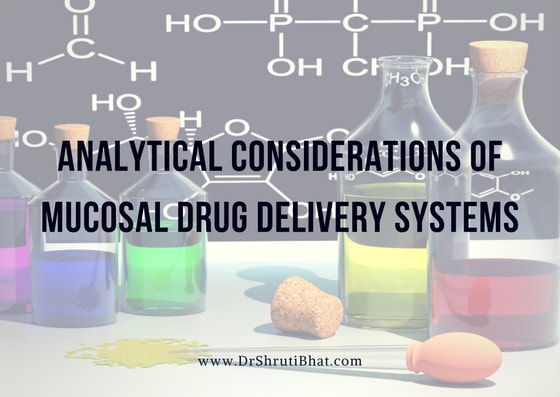Three very reliable techniques employed for peptide estimation include-
- RIA
- Chromatography.
- Fast atom bombardment mass spectrometry.
Potency determinations for proteins can range from complex bioassays that often use cell culture procedures to enzyme immunoassays and radio immunoassays (RIA) as well as more classical methods of chromatography. Major attention must be given to quantitating the biological activity of the intact molecule as well as to determining whether the protein has been denatured or inactivated during the manufacturing process. Intact proteins can have a disturbed secondary or tertiary structure, which can render these proteins partially or completely inactive. The correlation of bioactivity with classical assay procedures much as HPLC or immunoassays should be adopted as a long term goal so that these more precise methods of assay can eventually replace tedious and less precise bioassay methods.
RIA techniques-
RIA techniques exploit the specific and tight association of antibody with a peptide / protein drug in a variety of complex matrices. The ability of a protein antigen to combine with its corresponding antibody is a structurally and conformationally specific interaction. Thus, if the protein or the antibody were conformationally altered i.e. denatured, a less than optimal protein-antibody interaction would occur. A drop in the immunochemical assay does not necessarily imply a drop in bioactivity since the decomposition products or the conformationally altered protein may still be bioactive. On the other hand, decomposition of the protein may not be reflected in the immunochemical assay as long as the antigenic determinant part of the protein molecule is intact and capable of reacting with the antibody.
Merit/ demerits of RIA in peptide analysis-
- Long development times.
- Specificity cannot be easily changed.
- Detection is independent of intrinsic properties or derivation.
- Sensitivity is better with RIA than with chromatography.
- Difficult to recover if present in low concentrations (during sample preparation).
- May need LCMS for method validation.
HPLC techniques-
HPLC on the other hand was found to differentiate among the insulin from cows, pigs and men and to be both reproducible and stability indicating. For insulin and insulin injections subjected to accelerated stability tests, the HPLC method detects the decomposition that cannot be detected by either the mouse blood glucose assay or the immunoassay.
Merits / demerits of HPLC / GC in peptide analysis-
- Short development times.
- Specificity can be modified.
- Adaptable Matrix dependence.
- Detection is dependent on intrinsic properties or derivation.
- Good sensitivity
- Relatively low assay throughput.
- Method can be validated.
Fast atom bombardment mass spectrometry:
This technique is also very useful in peptide/protein analysis. A radio receptor assay has been described for insulin. Enzyme assays also have very high specificity and sensitivity. A method for determining the particle size of zinc-insulin and its distribution in suspension formulations, based on the measurement of absorbance in the high UV-Visible region has been reported.
In view of the complex structure of proteins, the correlation of bioactivity with classical assay procedures such as HPLC or immunoassays should be adopted to gain a greater confidence in the data generated.
Toxicity and safety:
For proteins and polypeptides being developed as drugs, preclinical studies have two complementary aims:-
- to demonstrate potential utility and
- To rule out useless or harmful compounds without efficiency and economical.
The tests include:
1. Efficacy testing:
The range of substances and potential action is so extensive that only a general account can be given of the principles underlying efficacy testing. The first need is to define the specific biological activity that is considered or believed to represent the mechanism of the therapeutic goal. This might be perceived as a change in a receptor or in an intracellular effector, a clear-cut biological response in cells, in vitro a more complex response in an animal. It is necessary to explore the principal effect of the candidate drug and the mechanism of that action in whatever test systems are available.
2. Toxicity testing:
This covers at least as broad an area of biological assessment of efficacy test. The need is to detect and characterize potentially harmful actions in such a way that an informed judgment can eventually be made between the likely therapeutic benefit and risk of treatment in deciding whether and how to undertake clinical trials or to apply for a product license.
3. Program of toxicity testing:
The tests included are: general pharmacology, acute toxicity, pharmacokinetics, 2-4 weeks repeat dose toxicity test in one or two species, local irritancy, antibody formation, second species multi-dose test, complete kinetics and metabolism, mutagenecity, reproduction toxicity, pharmacodynamics, endocrine effects, state of immune system and metabolism toxicity.
4. Pyrogens:
Pyrogen and bacterial endotoxins are detected by the conventional rabbit test, LAL testing or pyrogen evoked depression of plasma testing.
In the next post we shall discuss different routes available for administration of peptide / protein molecules.





















